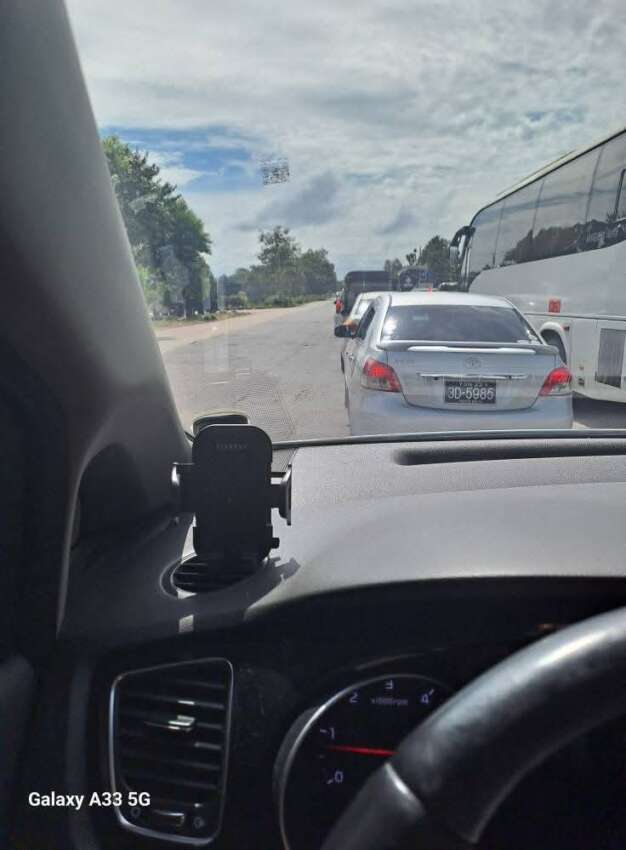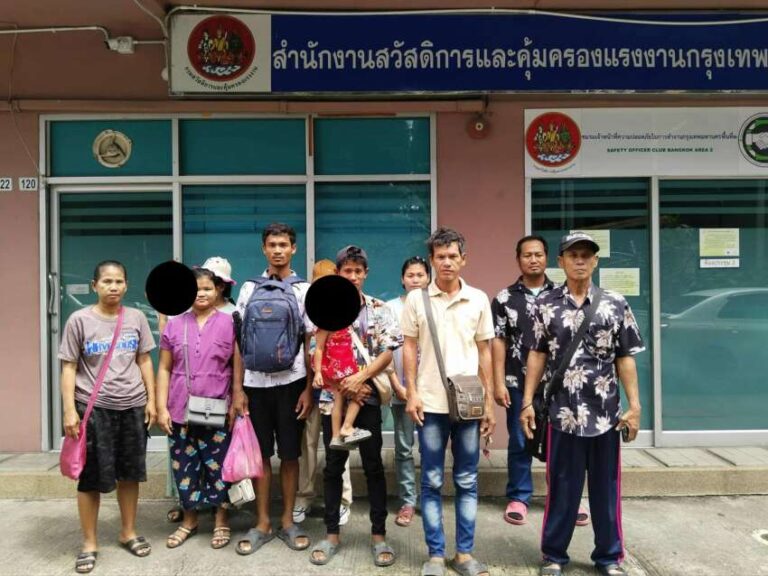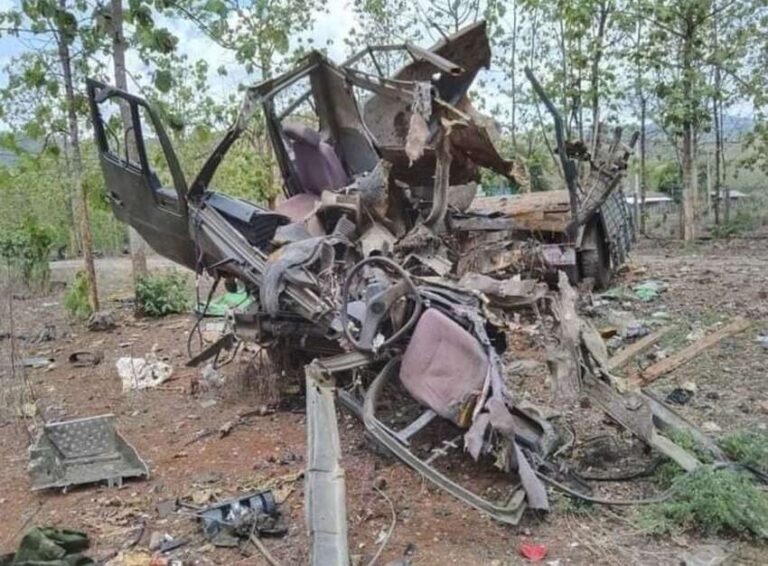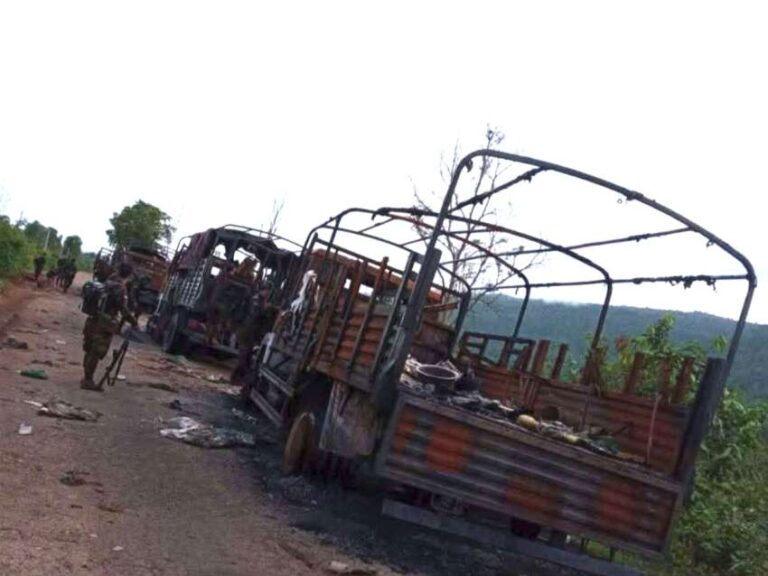
According to military sources from the People’s Defense Force (PDF), intense fighting has broken out in three locations along the Yangon-Pyay road in Minle Township, Bago Region. The clashes, which began on June 16, have resulted in significant casualties on the military council’s side, including two officers. The initial confrontation started when revolutionary forces attacked the military’s Satkwin Tahsaung checkpoint near Ohtwin village in Minle Township during the late afternoon of June 16.
During the fighting, three women returning from a wedding ceremony were killed by the military council’s indiscriminate firing, and their bodies have not yet been recovered. Simultaneously, clashes erupted in two other locations between the Yangon-Pyay road and the Bago Yoma range. The military council has deployed reinforcements to these areas, and fighting continues to the present time. The situation escalated when the military council launched artillery strikes around 2 AM on June 17, resulting in the death of an 80-year-old retired teacher, Daw Tin Yi, in Pharlarkwin North Village, while another resident, Ma Khaing Thin Kyi, was severely injured.
Further confrontations occurred when Pyu Saw Htee members stationed in Talay village attempted to enter Letsut village, leading to additional clashes with revolutionary forces. The intensity of the fighting has forced several schools, including Oak Ta Pin High School, to temporarily close. Local residents have been warned to avoid traveling on the Yangon-Pyay road due to the ongoing conflict. According to local sources, the People’s Defense Forces control most areas within Minle Township, while the military council maintains presence only in select urban areas.
The military situation in Minle Township reflects the broader conflict pattern across Myanmar, with resistance forces maintaining significant control over rural areas while the military council concentrates its presence in urban centers. The recent escalation of violence has raised concerns about civilian safety, particularly given the military’s use of heavy artillery in populated areas. The fighting has severely disrupted daily life in the region, affecting transportation, education, and civilian movement, while causing significant casualties on both sides, with the military council reportedly suffering substantial losses, including high-ranking officers.



